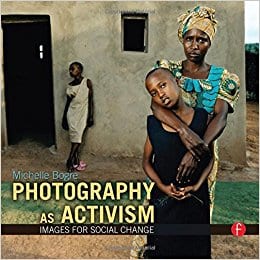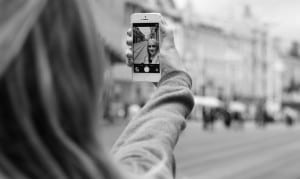For this blog review I want to focus on a section from the book ‘Photography as activism’ by Michelle Bogre. I want to start with a quote by W.Euene Smith, who is a social documentary photographer of the 20th century “Photo is a small voice, at best, but sometimes… just sometimes… one photograph or a group of them can lure our senses into awareness” This quote to me defines a photo activist, stating the power of photography, but expresses that one photo alone isn’t as good as a group, a group of photographs together can exaggerate great power of awareness to the public in relation to documentary photography or just photography in general.
The chapter focuses on the history of photo activism and how it retained its activist status throughout the 1930s to the 1940s because the photograph had no competition. Meaning the only reason why photo activists could keep their position strong was because they weren’t up against anything else that could set out for social and political change.
Michelle Bogre moves on to discuss how in 1950/60 the power of photography decreased somewhat, but around the same time, TV Journalism amplified the still photograph but it was seen that moving image and sound was more intriguing to viewers. I find this understandable as these days creating awareness as an activist works just as well through the use of radio and TV news, but I still find the art of documentary really powerful to create a rare moment when documenting something such as the war.
Following from this, the text mentions how activist documentary photography rose again in the 1960s/70s as photographers imaged the great social movements and issues such as civil rights and drug addiction in America. I find this movement very effective as issues such as drug addiction will always receive help from the public through more awareness by using documentary.
A point that stood out to me more in this chapter is the discussion on the 1990s when web platforms came around and this resulted in thousands of activist photographers testifying to the dedication of photographs. This emphasises to use the power that photo activism had an how it fought to stick around, despite the competition in media, photography will always hold its own special platform within activism.

